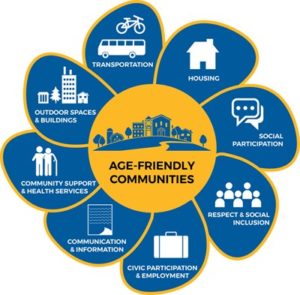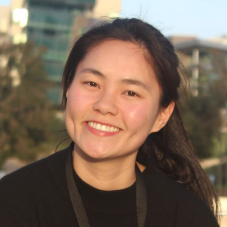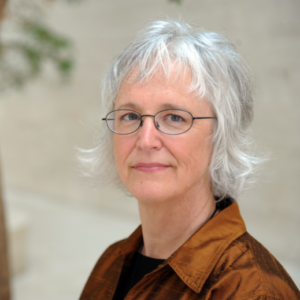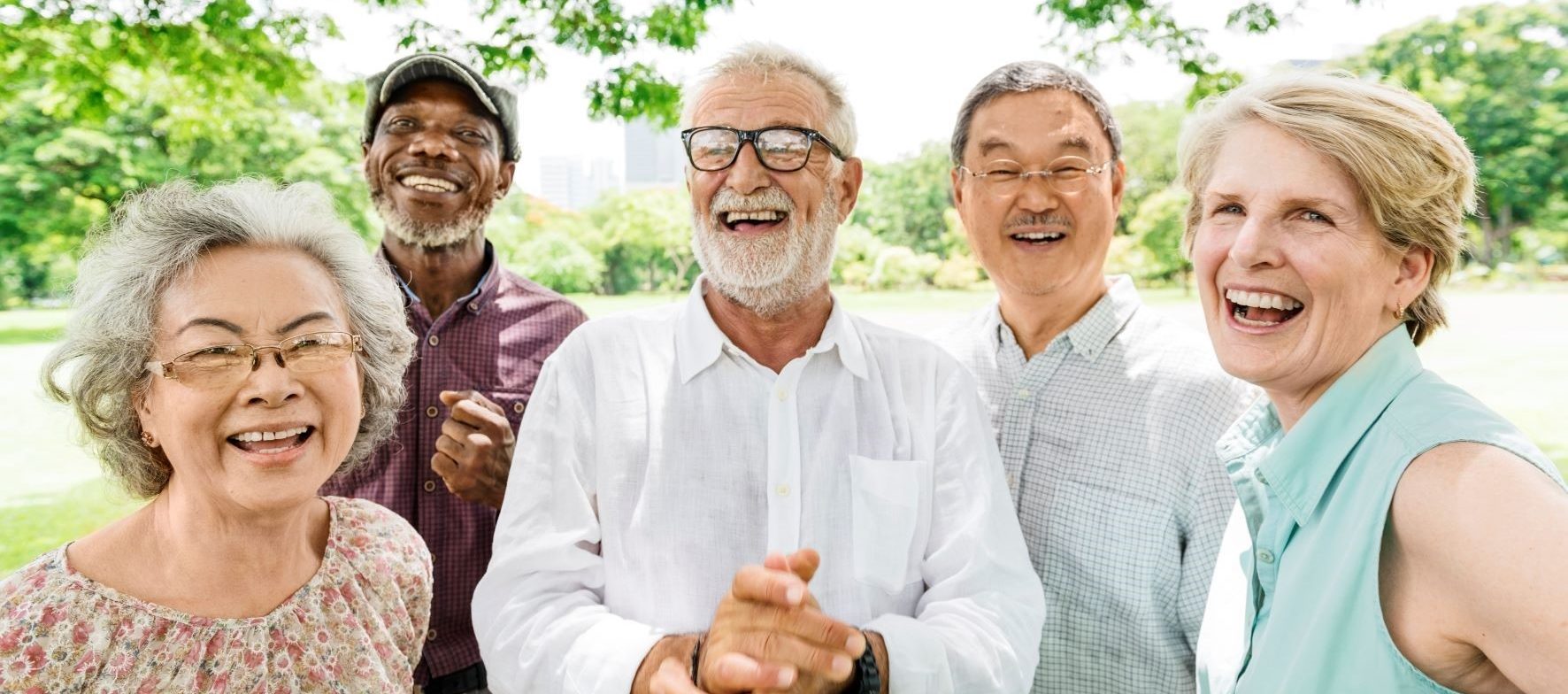by Buck Institute
March 23, 2022 . BLOG
Healthy aging starts in our cells – and in the places where we live!
How Age-Friendly is your community??
The research is clear. Where we live has a huge impact on how well we age. Is the air safe to breathe? Is there access to healthy food? Are there safe and accessible places for older adults to gather and enjoy life? Are medical services available and adequate? Is there enough housing for older adults, no matter their economic status?
Age-Friendly is a worldwide movement that was formalized by the World Health Organization (WHO) in 2006 to meet the needs of older adults. The AARP Network of Age-Friendly States and Communities launched in 2012 to support the effort in this country. To date, 637 U.S. communities and 8 states (including California) have made the commitment to become age-friendly.
The focus includes people of all ages
The World Health Organization established the age-friendly program because of baby boomer demographics. In this country the numbers are pretty mind-boggling. Approximately 45 million Americans are age 65 or older. In just eight years that number is expected to reach 73 million! By 2034, the United States will – for the first time ever – be a country comprised of more older adults than of children.
But somewhat paradoxically, researchers following and working in the age-friendly space discovered that focusing solely on the needs of our elders wasn’t sufficient to meet their goals. It became obvious that the best way to “grow” and support healthy older adults was to support and grow livable communities for people of all ages. Hence, the popular tag line: “Age-Friendly Communities are great places to grow up and grow old in.” Another finding led to this statement: “What’s good for an eight-year old is good for an 80-year old,” which led to the formation of 8-80 Cities which is focused on enhancing mobility and public spaces so that all generations can enjoy more vibrant, healthy and equitable communities.
What does age-friendly look like?
Age-Friendly is not one-size-fits all. Communities choose which goals to pursue, usually prompted in some way by eight domains identified by AARP.  Generally speaking, age-friendly cities often provide these features: public spaces for people to gather; affordable housing options for varying stages of life, often built close to urban cores; safe streets and sidewalks and buildings that are accessible for people of all ages and physical abilities (this includes strollers!); public transportation as an alternative to cars; encouragement to walk and bicycle; activities to combat social isolation; and opportunities for older adults to work for pay and to volunteer their skills and take an active role in their community.
Generally speaking, age-friendly cities often provide these features: public spaces for people to gather; affordable housing options for varying stages of life, often built close to urban cores; safe streets and sidewalks and buildings that are accessible for people of all ages and physical abilities (this includes strollers!); public transportation as an alternative to cars; encouragement to walk and bicycle; activities to combat social isolation; and opportunities for older adults to work for pay and to volunteer their skills and take an active role in their community.
How is your town doing?
While there are many resources to determine which communities are age-friendly, AARP developed the Livability Index Score to help us understand what an age-friendly community offers and how they meet our needs. The Livability Index Score is a numerical score between 0 to 100 and is calculated based on these seven major categories: housing, neighborhood, transportation, environment, health, engagement, and opportunity. Find out where your community stands here. AARP isn’t the only organization focused on “Best Places to Live” (or Retire). Check out options posted by Livability (this ranking was done after the worst of the pandemic) and see what Investopedia has to say about the best places for successful aging.
What about your home?
According to an AARP survey, 90% of older adults want to stay in their own homes as they age. This underscores the importance of building age-friendly communities and age-friendly homes. AARP has a terrific resource which provides a room-to-room assessment for those interested in either building or updating a home that supports “lifelong” living. Remember – wider hallways, accessible bathrooms, and zero step access are also great for kids on crutches and parents dealing with double-wide baby strollers!
What’s happening in the Buck’s backyard?
The Buck is located in Marin County, just north of San Francisco. In 2021 it was ranked as California’s healthiest county, based on longevity and quality of life. Approximately 27 percent of Marin’s population is 60 years or older. Perhaps that great ranking was helped along by the fact that many of Marin County’s towns and villages are part of the AARP Network. You can get the lowdown on local activities here.
Many of Marin’s communities are also active in the national “Village” movement, which was started in Boston’s Beacon Hill neighborhood. Villages are community-based, nonprofit, grassroots organizations formed by neighbors who want to change the paradigm of aging. Local villages connect their members to a wide array of practical support services and social connections that enable older adults to flourish as they choose to age in their homes and communities. Here’s the scoop on active Villages in Marin. Petaluma, which is located just north of the Buck in Sonoma County also has an active Village Network.
-XXX-
 Brenda Eap, a Buck PhD candidate in the Newman lab, is studying ways in which ketogenic diets and ketone supplements can be useful therapies in older adults. In addition, she enjoys working with older adults in her community; in particular she is a volunteer in Rebuilding Together, which focuses on repairing homes for low income individuals, many of them older adults. After Brenda graduates, she hopes to continue being a bench scientists but would also like to be more involved in aging-in-place initiatives.
Brenda Eap, a Buck PhD candidate in the Newman lab, is studying ways in which ketogenic diets and ketone supplements can be useful therapies in older adults. In addition, she enjoys working with older adults in her community; in particular she is a volunteer in Rebuilding Together, which focuses on repairing homes for low income individuals, many of them older adults. After Brenda graduates, she hopes to continue being a bench scientists but would also like to be more involved in aging-in-place initiatives.
 Kris Rebillot, the Buck’s Senior Director of Communications, spearheads Petaluma’s Age-Friendly Initiative and is proud to have helped promote a recent city ordinance which requires all newly-constructed dwelling to be “Visitable”.
Kris Rebillot, the Buck’s Senior Director of Communications, spearheads Petaluma’s Age-Friendly Initiative and is proud to have helped promote a recent city ordinance which requires all newly-constructed dwelling to be “Visitable”.

SHARE